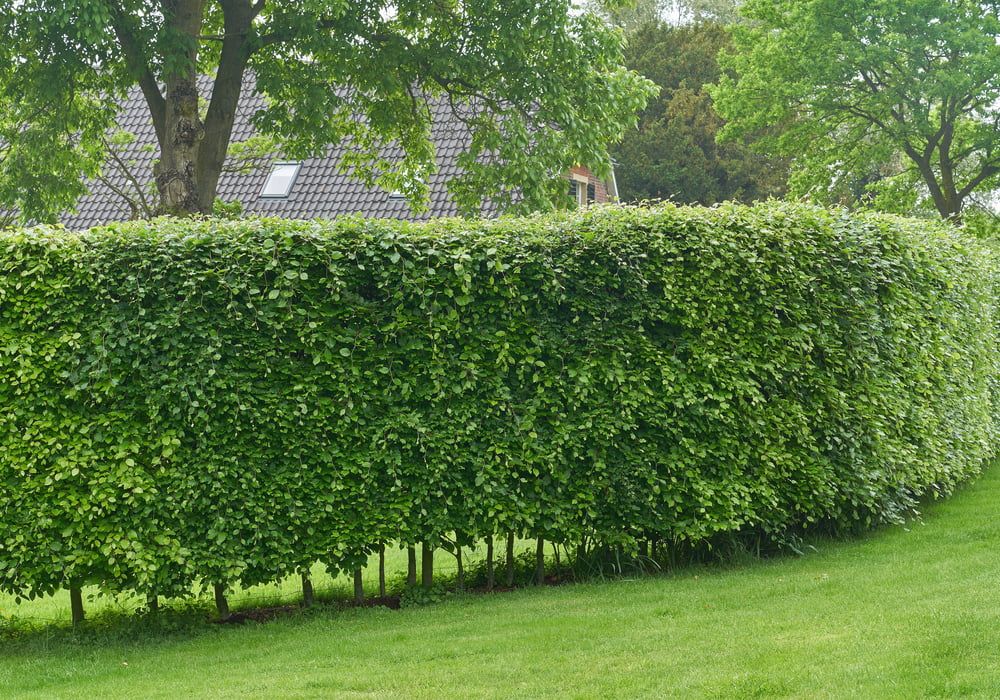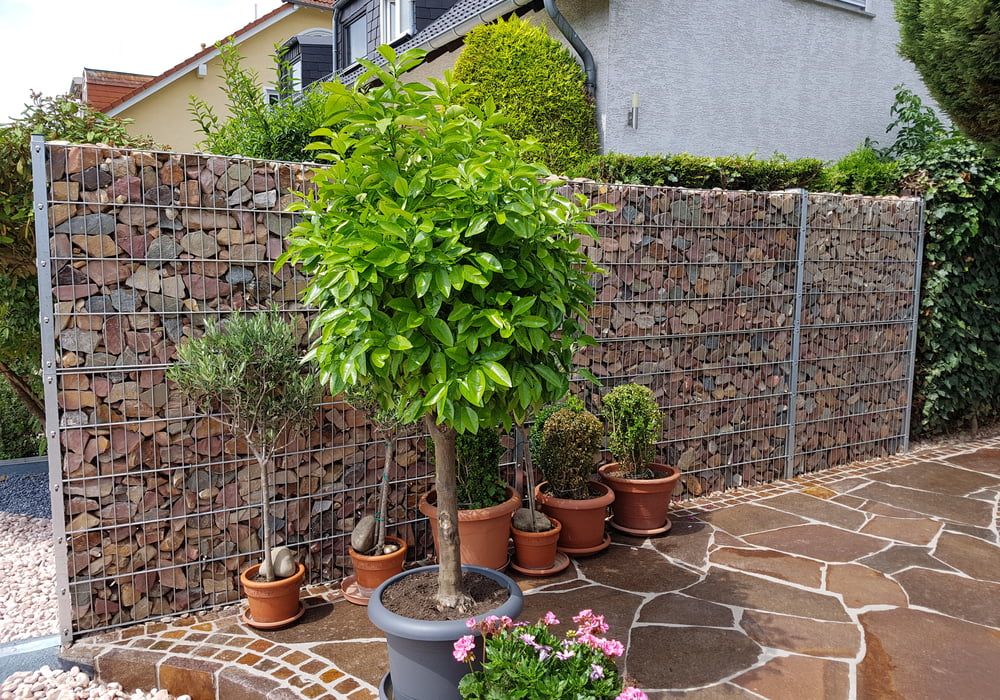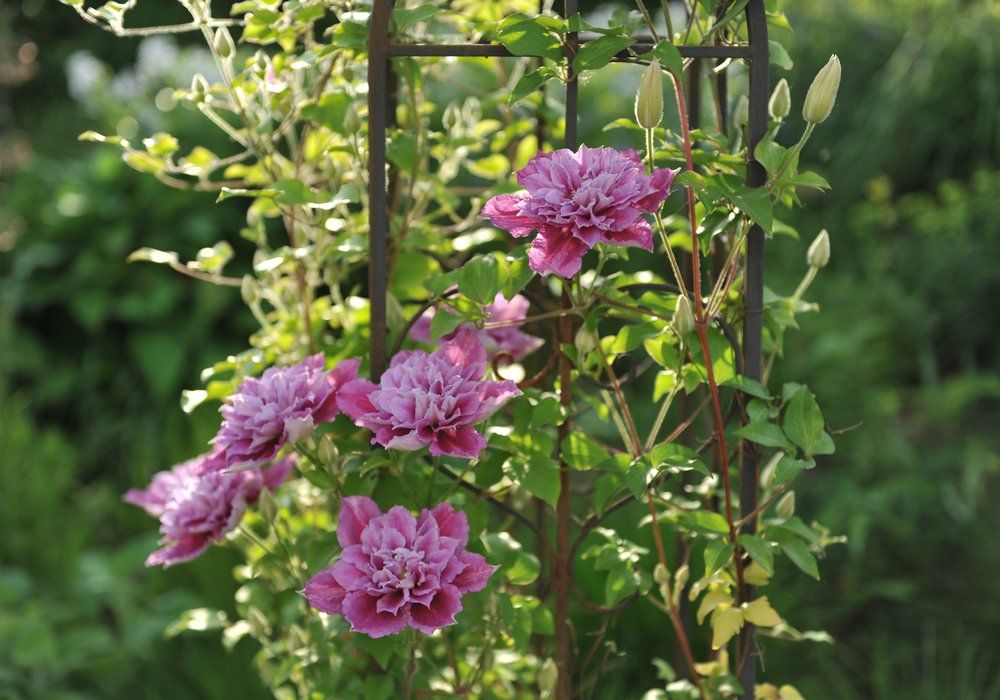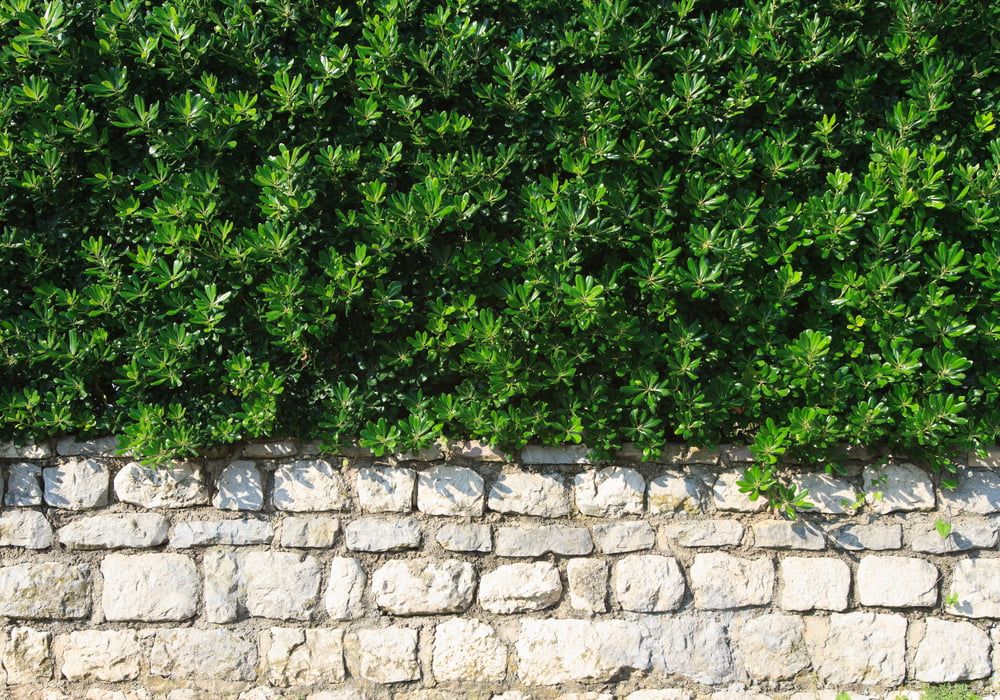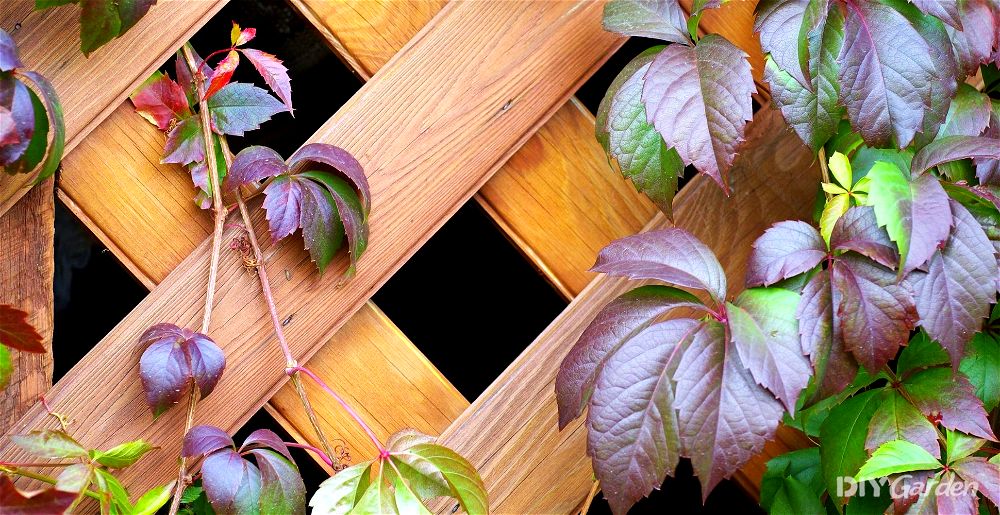
Are nosy neighbours or an unsightly shed getting you down? Let’s talk screening.
A private garden encourages everyone to head outside and enjoy the fresh air. Here’s how you can install screening in one weekend.
Block Out Your Neighbours With Trees
Pleached trees were created to block out nosy neighbours. They have long clear trunks and crowns boxed into a square. This gives you lots of garden space but still blocks over-the-fence views. Pleached hornbeam is a good choice if you’re wondering what to choose.
If you don’t want the expense of pleached trees you could choose a standard tree that casts dappled shade so you still get plenty of light. Good choices are magnolia, silver birch or amelanchier.
You will need to dig a planting hole deep enough to fit all the roots and up to the planting mark on its stem. Dig in plenty of organic matter to give trees a great start and water them regularly even if it has rained.
Newly planted trees need lots of water to establish a strong root system. Lack of water is the number one killer of newly planted trees.
Another natural screening idea is bamboo.
Some varieties grow over five metres tall and that’s plenty to shield you from prying eyes. Golden rod is particularly attractive.
Bamboo has invasive roots, so you will need to use a container or install a root barrier to stop it spreading throughout the garden.
Using plants as natural screening is a great way to encourage wildlife and give a country feel to your outdoor space but if you’d like something man-made go for wooden screening.
Using Wooden Screens For Privacy
The cheapest and quickest way is to attach screening rolls to your current fence. These reach a few feet higher than the fence line and are easily tacked into place with a hammer or tied with cable ties.
Or you could make a heavy-duty screen around your seating area with fence posts and lengths of wood.
Dig a hole 1/3 the depth of your fence post and use Postcrete to hold it in place. A step-by-step guide is detailed in the fencing troubles chapter above.
Space fence posts at two-metre intervals and when the Postcrete has dried screw smaller horizontal lengths of wood across its length at the top, middle and bottom to join the posts.
Use tacks or cable ties to fix screening rolls across the length of your structure tying them in every 50 cms.
In place of screening rolls, you could attach trellis and grow honeysuckle, clematis and climbing roses along it. They smell divine in the summer and trellis will still give you privacy in the winter.
Be sure to give them plenty of water as your screening will block the majority of rainfall.
Disguise Something Ugly With Screening
The more inventive recyclers among us might like to use repurposed wood such as interior doors, old shutters, room dividers, and pallets with pots of herbs. These eclectic ideas can cover the view of something less than attractive such as an essential but boring shed or a pet hutch.
Using screening to cover a pet hutch can also give your pets extra cover during harsh weather so it’s a win-win situation.
Introduce a Fence Trellis
Trellis is your friend if you need to screen off a shed or fence. Its easily attached with tacks or hook-and-eyes and many climbing plants use it for support.
Try growing tasty runner beans along your screening trellis for dual purpose gardening.
Consider a Garden Obelisk
If you’re not confident attaching things to your walls, or you rent and aren’t allowed to damage the fittings, buy an obelisk with a passion flower. Passion flower is fast-growing and is smothered with beautiful flowers in the summer. It’ll cover you ugly shed in no time and stays partially green in the winter.
A tall trug or a free-standing polythene greenhouse will provide good disguises too. These are low cost and can house tasty tomato plants in our unpredictable weather.
Grow Evergreens
If you want something permanent to shield a vegetable garden or a seating area go for evergreen shrubs like box, holly, and ceanothus or hedging shrubs like yew or photinia red robin. These plants look attractive all year round and create an effective windbreak.
Screening can transform a garden simply by hiding something ugly, keeping the wind off, and providing that privacy we all need.
Get creative and transform your garden with a number of different screens this weekend.
